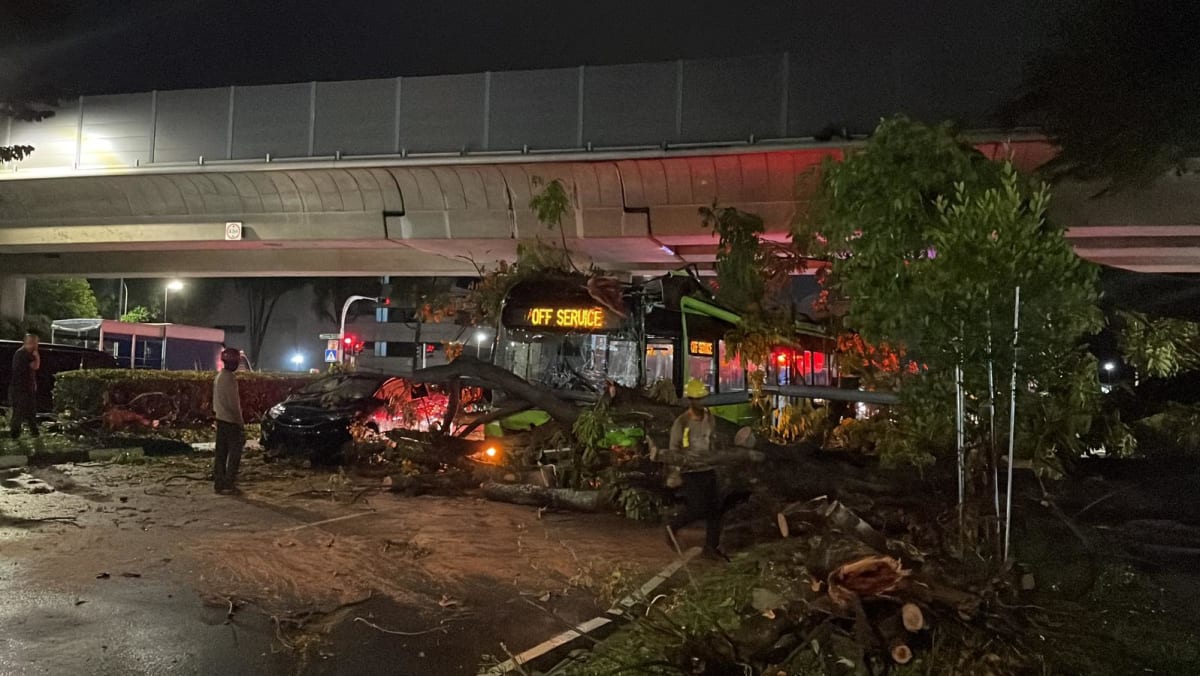SINGAPORE: After a tree fell and killed two tourists in Bali earlier in December, authorities said the plant had been healthy and that the incident was caused by “strong winds and extreme weather conditions beyond human control”.
Similar accidents involving falling trees have caused deaths, damaged property and disrupted traffic in other parts of Asia, including Singapore.
What could cause a tree to fall?
Environmental conditions could be a factor, said senior horticulturist and arborist Athi Ramesh from landscaping firm Prince’s Landscape.
Horticulturists are experts in garden cultivation and management while arborists are tree surgeons.
Prolonged wet weather could affect a tree’s stability when too much rain leads to stagnant water, reducing soil particles attached to the tree’s roots.
The tree could also end up retaining more water in its canopy, increasing the weight on its branches and trunk and resulting in a collapse, said Mr Ramesh.
Trees which grow in consistently wet weather also tend to develop shallow roots, as they don’t need to extend deeper in search of water, he added.
At the other extreme, drought and dry weather can also cause soil to disintegrate and crack, reducing its ability to firmly anchor tree roots.
“It also hinders the growth of young feeder roots, which play a vital role in binding the soil together,” Mr Ramesh said.
Another common issue is nearby construction as well as vehicular or even human traffic.
These can damage roots and compact the soil, restricting root growth and the ability to absorb nutrients and water – as well as to support the weight of the tree’s crown or canopy.
A tree’s own characteristics can also play a part.
Fast-growing species often develop weaker stems and branches, according to Mr Ramesh.
And those with codominant structures – where the stem from a single point of origin branches out into more than one – are more prone to falling.
Others have shallow root systems or brittle branches and twigs, making them more vulnerable to external forces.
Mr Ramesh pointed out that trees with shallow roots and heavy crowns – such as the Falcataria falcata and African Tulip – are commonly found in Singapore’s forested areas.







